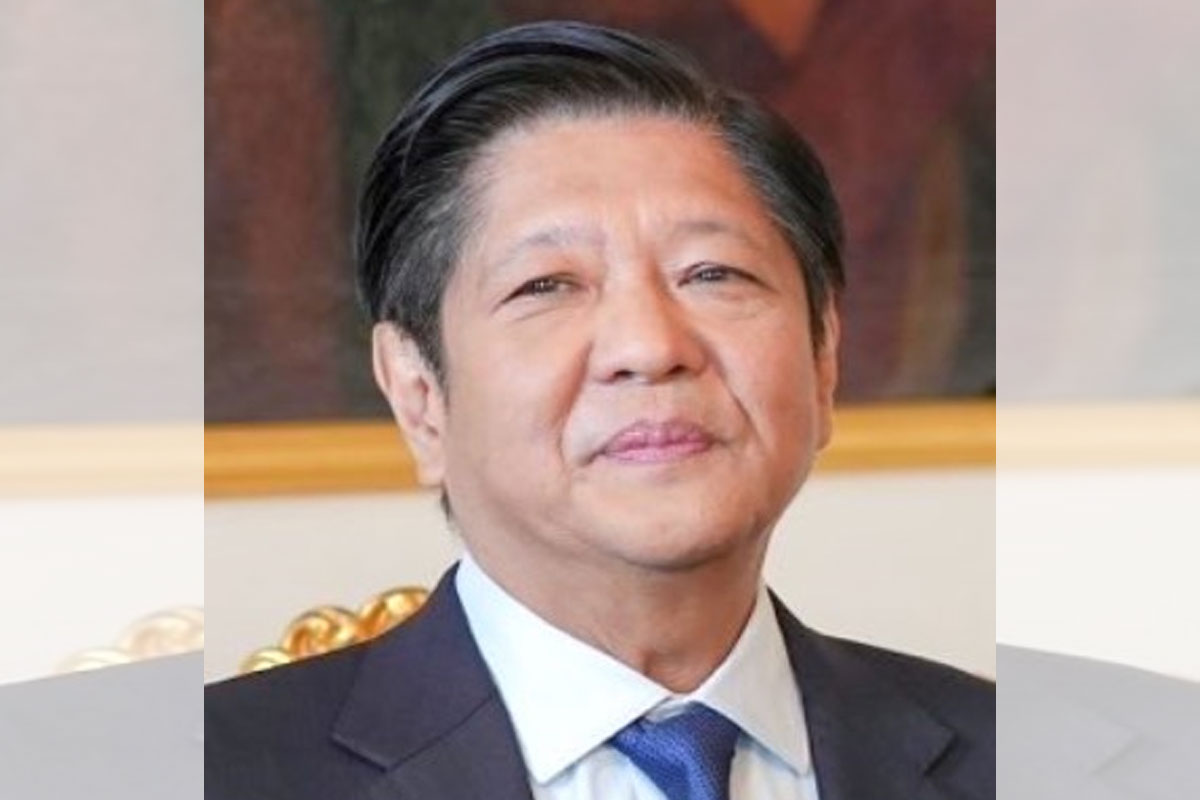
7 Burial Rituals You Never Knew Existed
By Sara Sparrow
Death is a universal human experience. Everyone must experience it at some point However, death is viewed in many ways in one. With various cultures from around the world, people have their own ways of burying a loved one. Since the dawn of civilization, death is given its own day, week, or month with rituals.
Here are just 7 examples of how death is acknowledged, and how people bury their dead.
Death Beads
First, death beads are a common burial ritual in South Korea. Essentially, people would make jewelry or diamonds with the ashes of the deceased, so that the dead could be with them at all times. One reason why this death ritual exists is because of the limited burial space in South Korea. Another reason for this ritual is for sedimental reasons. No matter the reason, death beads have grown in popularity amongst Korean, with people either wearing them or placing them in special containers or dishes.
Famadihana
The Famadihana ritual comes from Madagascar and is mainly practiced by the Merina tribe. Every five to seven years, members of the Merina tribe will exhume the bodies of the dead. They do this by removing the old burial shrouds and then wrapping the bodies in new ones. Once the body is wrapped in new shrouds, loved ones will hold a celebration with it. Essentially, people will take turns dancing with the body, as people eat and drink and converse with one another. The celebration will last all day until sunset. Afterward, the body is placed back in its tomb.
“This ritual exists because of the belief that souls are stuck between life and death long after they’re physically dead. For this reason, it is believed that it takes a while for the soul to actually complete its ascent into the afterlife” says Ronnie Souza, a history blogger at Assignment writer service.
Burial Rituals
Sokushinbutsu, the process of self-mummification
Sky Burials
This burial ritual comes from the Tibetan Buddhists. Here’s how it works: When a person dies, people won’t bury him or her. Instead, they’ll take the body to a special outdoor spot, and then cut it up. Once the body is dismembered, they would leave the remains to be devoured by the birds. Their belief is that when the birds eat the body, the soul can depart into the afterlife. When the corpse serves as food for other animals or living beings, life can happen once again.
Prolonged Funerals
Imagine having a funeral service that took several days. With the Torajans of Indonesia, it isn’t uncommon for a funeral to last very long. In fact, the Torajans believe that death is a gradual process, and that it shouldn’t be rushed. In other words, death is treated as a terminal sickness.
Depending on how it takes for families to raise money for a funeral, the body of a dead loved one will stay at home with the family. During the corpse’s stay, family members will talk to it and tend to it as if it was still alive. This can go on for weeks or months. Or, in some cases, decades. Yes, raising money for a funeral is a massive affair, with families needing to buy a water buffalo to offer up as a sacrifice.
Once the money is finally acquired, the family can opt for a large public funeral procession. Following the procession, the family will sacrifice a water buffalo. Once the water buffalo is sacrificed, the deceased is truly dead in the eyes of their family. And, if more than one water buffalo is sacrificed through this ceremony, their loved one’s soul can travel faster towards a happy afterlife.
Fantasy Coffins
Coffins are one of the biggest staples in death and funerals. For instance, families in Ghana have the coffins of their deceased loved ones customized into what’s called a “fantasy coffin.” These fantasy coffins are shaped to represent either the occupation of the deceased loved one or a hobby that they’ve enjoyed doing when they were alive. As a result, the coffin is often perceived as a work of art, due to how decorative many of them are.
Tree Burials
This next one might surprise you. Tree burials, believe it or not, might not even count as a traditional death ritual due to their sudden emergence in recent years. In fact, this ritual came as a response to eco-friendly initiatives that have taken the world by storm. With enough traction, this ritual might be the future of genuine burial rituals.
Here’s how it works: A tree burial involves storing the corpse or cremated remains of a recently deceased person in a biodegradable casket. Next, the special casket is buried. Then, people (or loved ones) come together to plant a tree sapling above the buried casket.
The casket eventually breaks down. When it does, the decomposing remains inside provide nutrients to the sapling. Symbolically, it’s as if a deceased person is reborn as a tree.
Filipino Death Rituals
Finally, let’s look at the death rituals done by Filipinos in the Philippines. Even within a single country can death be impactful amongst its people.
Take, for example, the Cavite people. They would pick and choose which trees to be buried in after they die. Once someone dies, their loved ones will entomb them in the tree that they’ve chosen.
When the body is entombed, they’ll be positioned vertically in the hollowed-out tree of their choice.
Or, take the Sagada people as another example of Filipino death rituals. In the Sagada region, people bury their dead in coffins that hang from cliffs. The Sagada people believe that having the coffins positioned like so would allow the deceased to get closer to the afterlife.
Or, take, for example, the Benguet people with a death ritual of their own. They go as far as to blindfold their deceased loved ones, before sitting them in chairs outside their homes.



















